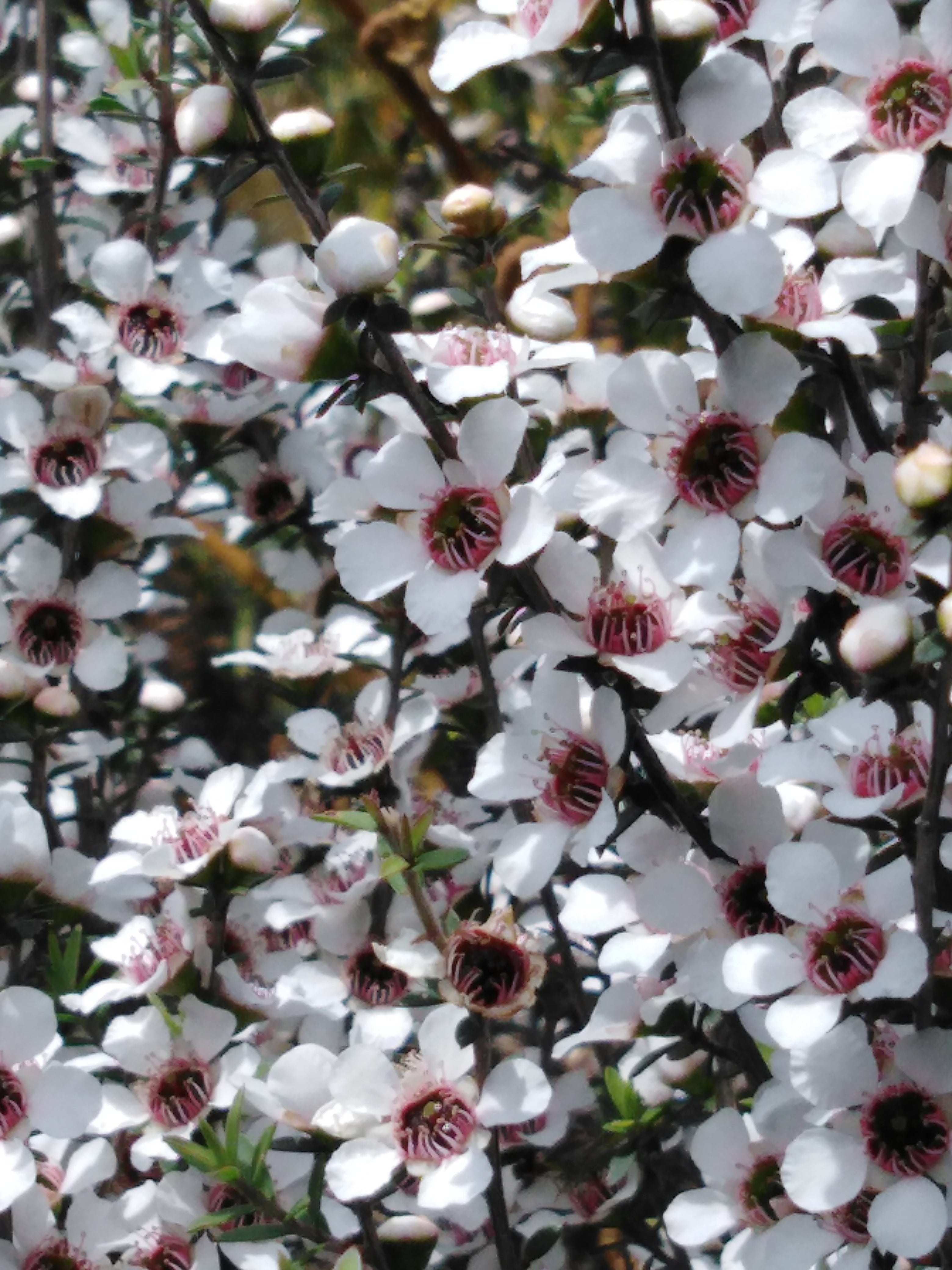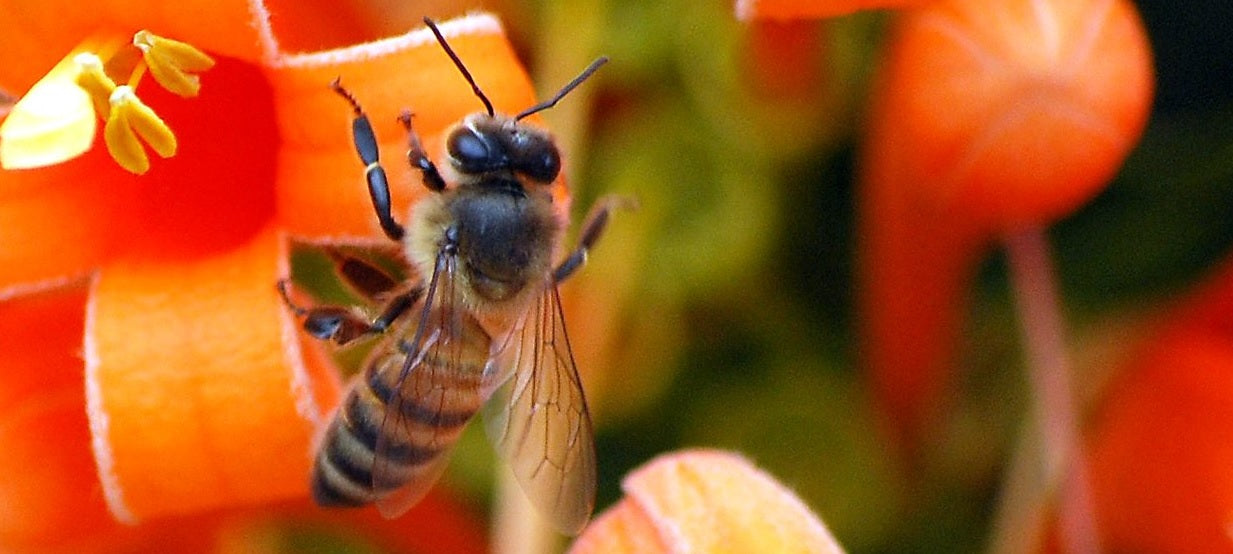Pollen in Manuka honey
Pollen in Manuka honey and its fluorescent properties

Figure 1: Fluorescent pollen grain isolated from Manuka honey.
I was surprised at what I saw in Manuka honey under a fluorescent inverted microscope. A highly fluorescent pollen grain with a central sphere of light. This was not normal. Something was happening within it that I did not understand.
I went and isolated pollen from the Manuka flower rather than from the honey and saw the following. No central fluorescent sphere of light was observed. Just a birefringence at the edge of the pollen (Figure 2).

Figure 2: Pollen collected from Manuka flower
This suggested that the fluorescence was due to some process happening within the pollen during storage within the Manuka honey.
Pollen was then isolated from a young Manuka honey. What was observed is shown in Figure 3.

Figure 3: Pollen isolated from a young Manuka honey
What was observed was several highly fluorescent pollen grains and a larger number of birefringent pollen grains that looked similar to the ones isolated from the Manuka flower that have not been stored in Manuka honey.
Many of the pollen grains appeared similar in shape and size as that observed for the pollen obtained directly from the Manuka flower. However, a few of the pollens observed did show increased fluorescence and similar to that observed for the aged Manuka honey. The aging process leads to an increase in the MGO content and a reduction in the DHA content over time, it is interesting that the fluorescence correlates to MGO levels and that MGO increases over time and so does the fluorescence properties of the Manuka pollen.
This correlation appears to be more than coincidence and is likely to be as a direct consequence of pollen germination and the changes in the chemistry that occur upon maturation of the manuka honey.
The germination of pollen grains involves an enzyme called NADPH oxidase and uses reactive oxygen species to stimulate germination. To determine if the pollen grains responded to hydrogen peroxide, a small amount of this reactive species was added and the material was allowed to germinate (Figure 4).

Figure 4: Pollen tube formation in pollen isolated from Manuka honey exposed to hydrogen peroxide
Many of the pollen grains did not appear to germinate however some were shown to form pollen tubes.
This again suggests that reactive oxygen species are involved in pollen germination and pollen germination could be involved in Manuka honey maturation and MGO generation.
References
Katrina Brudzynski and Robert Lannigan. (2012). Mechanism of Honey Bacteriostatic Action Against MRSA and VRE Involves Hydroxyl Radicals Generated from Honey’s Hydrogen Peroxide. Front Microbiol. 2012; 3: 36.
R. E. Lothrop , H. S. Paine (1931). Some Properties of Honey Colloids and the Removal of Colloids from Honey with Bentonite. Ind. Eng. Chem., 23 (3), pp 328–332
Xiaochun Zhu,† Xiaoxia Tang,† Vernon E. Anderson,*‡ and Lawrence M. Sayre+† Mass Spectrometric Characterization of Protein Modification by the Products of Non-Enzymatic Oxidation of Linoleic Acid. Chem Res Toxicol. 2009 Aug; 22(8): 1386–1397.
Roderick J Weston, Kevin R Mitchell, Kerry L Allen (1999). Antibacterial phenolic components of New Zealand manuka honey. Volume 64, Issue 3, 16 February 1999, Pages 295–301


